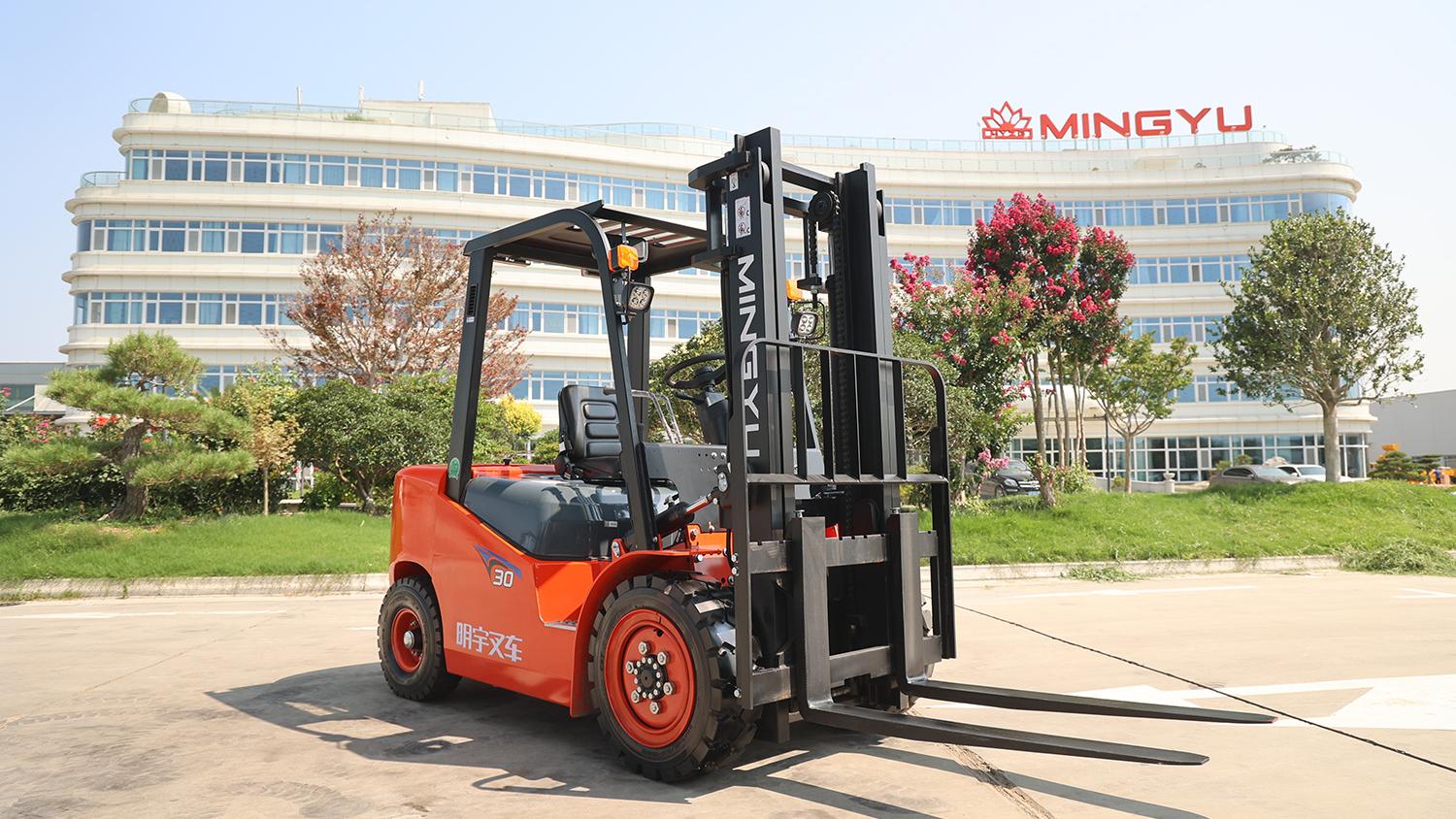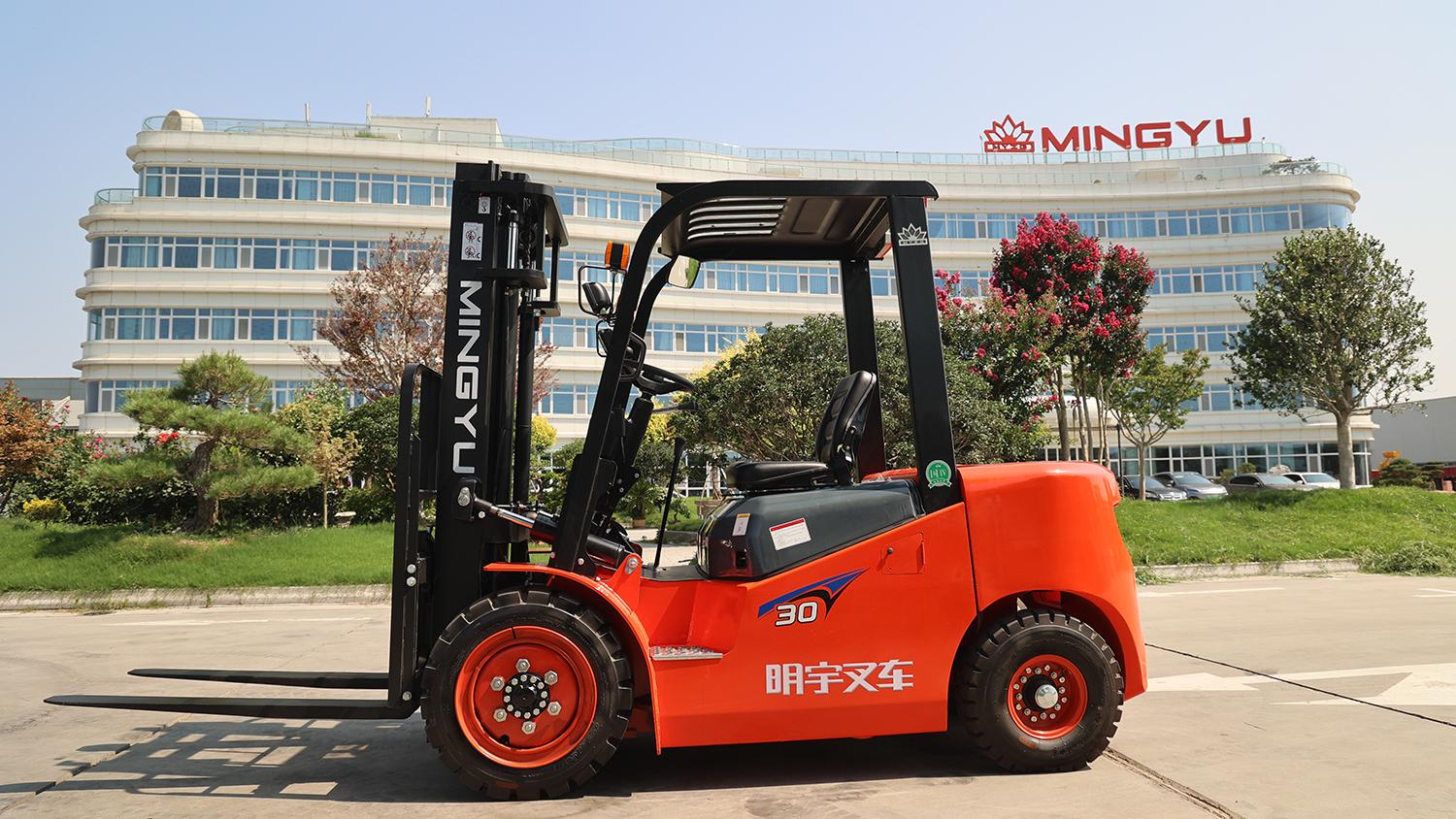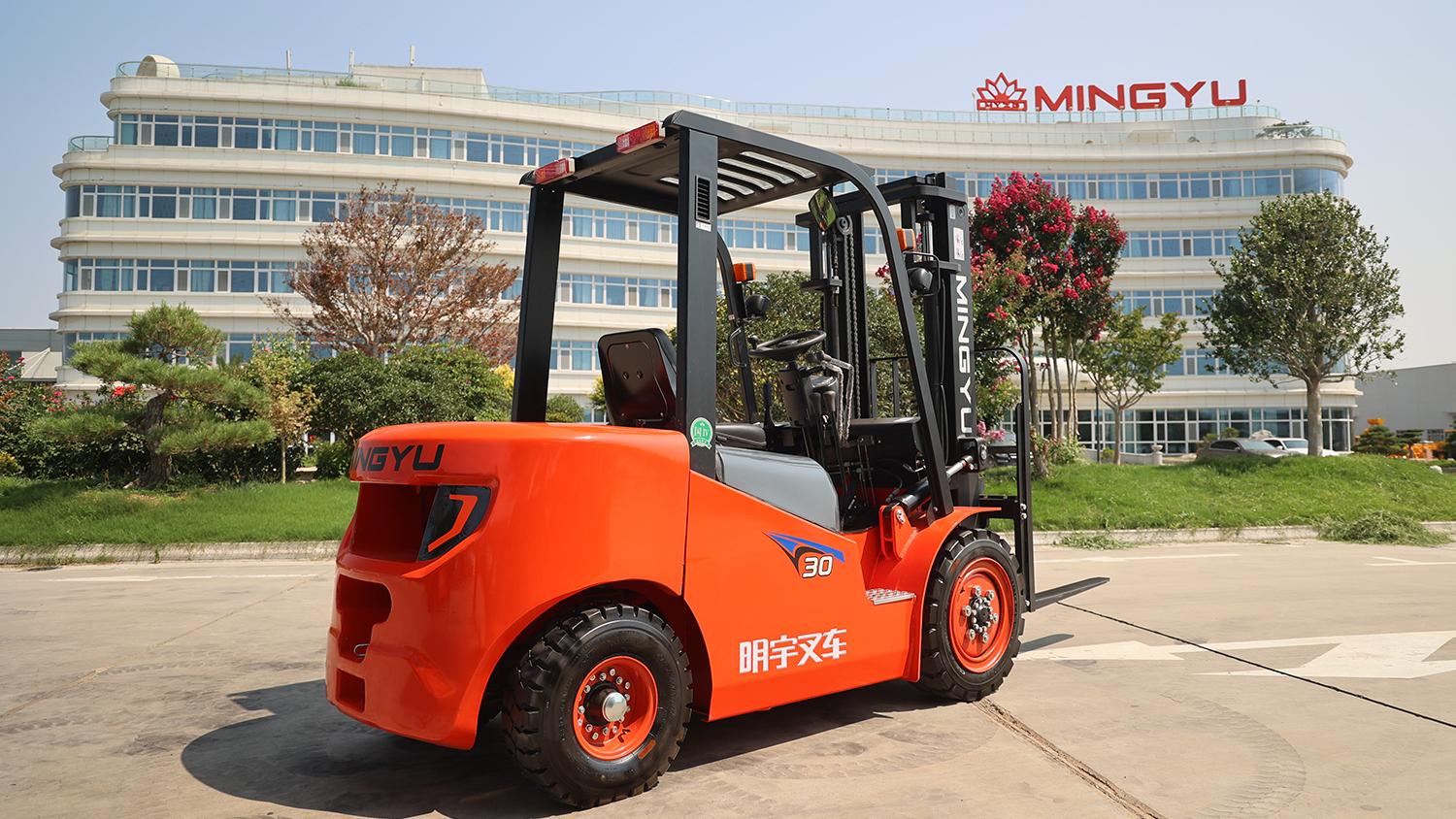1. Introduction
Forklifts play a crucial role in various industries, including warehousing, construction, logistics, and manufacturing. These machines help move heavy materials efficiently, but they also pose serious risks if not operated correctly. Forklift accidents are unfortunately common and can result in severe injuries, fatalities, and costly property damage. Understanding the causes of these accidents is essential for prevention.
This article explores the most frequent reasons behind forklift accidents and offers guidance on how to avoid them through better training, maintenance, and workplace design.
2. Lack of Operator Training
One of the leading causes of forklift accidents is inadequate operator training. Untrained drivers may not understand the forklift's controls, load limits, or proper maneuvering techniques. Even experienced drivers may forget key safety practices without periodic refreshers. A poorly trained operator is more likely to make mistakes such as turning too sharply, tipping the forklift, or misjudging distances.
Investing in comprehensive and certified training programs can greatly reduce these risks.
3. Poor Maintenance and Mechanical Failure
Forklifts require regular maintenance to function safely. When machines are not properly maintained, the risk of mechanical failure increases. Common issues include:
Brake or steering failure
Leaking hydraulic fluid
Faulty horns or warning lights
Worn-out tires
Daily inspections and scheduled servicing can catch these problems before they lead to accidents.
4. Overloading and Improper Load Handling
Operating a forklift with a load that exceeds its rated capacity can easily lead to tipping or loss of control. Improper stacking or unbalanced loads also reduce stability. Other frequent mistakes include lifting loads too high or obstructing the operator's view with bulky cargo.
Operators should always check the forklift’s capacity plate and follow correct loading procedures.
5. Speeding and Reckless Driving
Forklifts are not designed for speed. Driving too fast, especially around corners or in congested areas, increases the likelihood of accidents. Reckless behaviors such as sudden stops, aggressive turns, or racing can cause tipping or collisions.
Companies should establish speed limits and enforce safe driving behavior.
6. Poor Workplace Design and Environmental Hazards
Unsafe work environments contribute to many forklift accidents. Narrow aisles, sharp turns, poor lighting, and cluttered floors can all create hazardous conditions. Additionally, slippery or uneven surfaces make it harder to control the forklift.
Improving workplace layout and regularly cleaning the floor can help create a safer environment.
7. Pedestrian and Worker Proximity
Many accidents occur when forklifts collide with pedestrians. This usually happens in busy areas where there’s no clear separation between vehicles and workers. Poor communication, blind spots, and noise can all contribute to such accidents.
Warehouses should use barriers, walkways, mirrors, and warning systems to protect pedestrians.
8. Improper Use of Attachments
Attachments like clamps or booms change the forklift’s center of gravity and load capacity. If operators aren’t trained to use these attachments properly, they can unintentionally overload or destabilize the machine.
Operators must be trained for each type of attachment, and safety guidelines must be updated accordingly.
9. Fatigue and Human Error
Long hours, lack of breaks, and shift work can lead to fatigue, decreasing an operator’s alertness and judgment. Simple mistakes, such as forgetting to engage the parking brake or underestimating clearance, can result in serious incidents.
Encouraging regular rest and limiting overtime are effective ways to reduce human error.
10. Inadequate Safety Policies and Supervision
When safety policies are unclear or not enforced, accidents are more likely. A workplace without a strong safety culture may neglect training, inspections, or reporting. Supervisors play a key role in ensuring that protocols are followed.
Implementing safety audits, regular meetings, and disciplinary measures helps reinforce safe practices.
11. Environmental Factors and Weather Conditions
Outdoor forklifts face unique challenges. Rain, snow, or icy conditions can reduce traction and visibility. Glare from sunlight or foggy conditions also affect safe operation.
Operators should adjust their driving for the weather, and companies should provide weather-appropriate equipment.
12. Real-Life Examples
Case 1: A worker in a distribution center was crushed when a forklift tipped due to overloading and improper stacking.
Case 2: A warehouse employee was struck by a reversing forklift in a poorly lit area without backup alarms.
These examples highlight how multiple factors often contribute to an accident.
13. How to Prevent Forklift Accidents
Prevention starts with a proactive safety culture:
Provide certified training and retraining
Enforce speed limits and safe driving rules
Schedule regular maintenance and pre-shift inspections
Improve warehouse design and lighting
Separate pedestrian zones from forklift paths
Monitor operator behavior and enforce policies
14. Conclusion
Forklift accidents are preventable. By identifying common causes such as poor training, mechanical failure, reckless driving, and workplace design flaws, businesses can implement effective safety strategies. A commitment to training, maintenance, and safety culture not only saves lives but also improves efficiency and lowers operational costs.
Post time:Jun.23.2025



